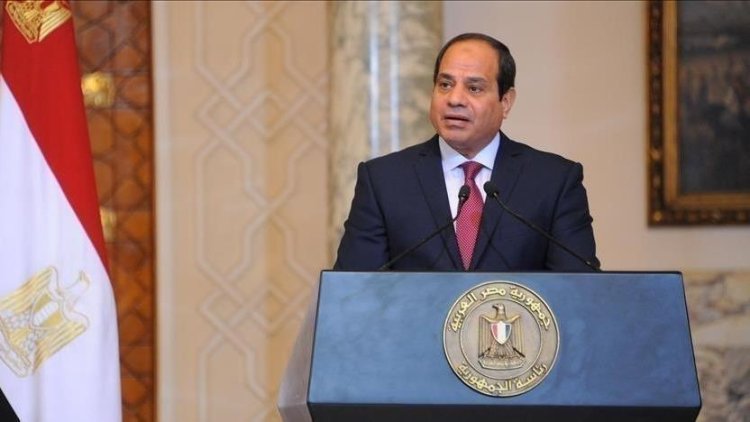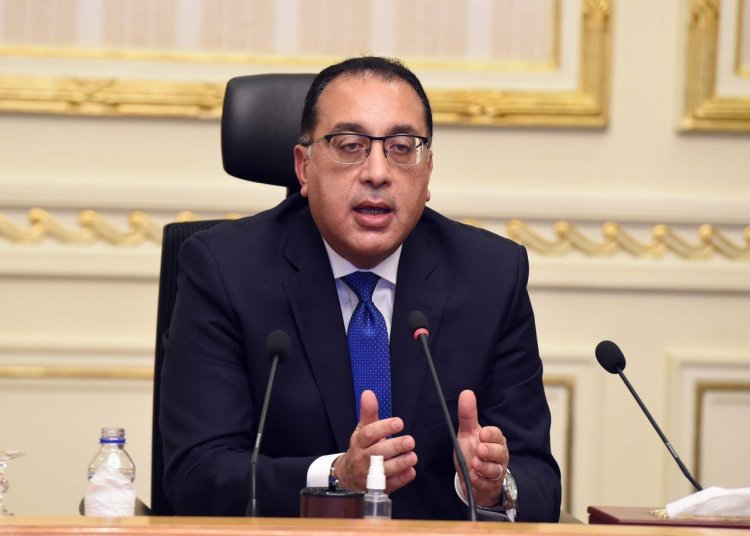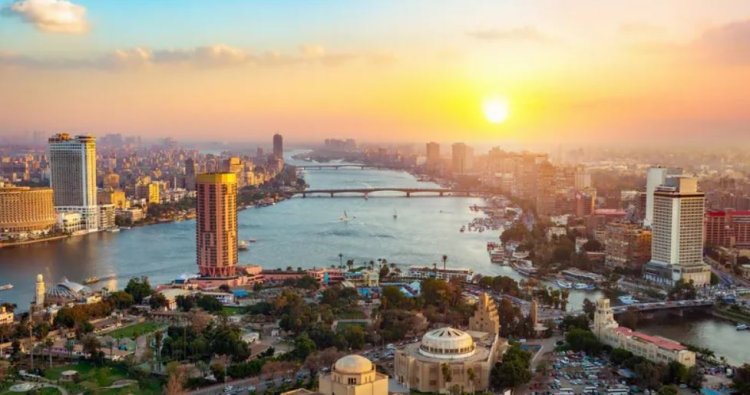6 Responsibilities.. Tasks of the Supreme Committee to implement the State Ownership Policy document
The state ownership policy document does not mean that the state will sell its assets, or that it will exit from all sectors, but rather aims to define the role of the state.

Dr. Mostafa Madbouly, Prime Minister, chaired the first meeting of the Supreme Committee for the Implementation of the State Ownership Policy Document.
The Prime Minister indicated the importance of the role of this committee, which was formed under the direction of President Abdel Fattah El-Sisi, with the aim of following up on the implementation of the State Ownership of Assets Policy document.

This committee was one of the most important recommendations issued by the economic conference held last October, because the document aims to clearly define the role of the state in the various sectors.
The Prime Minister emphasized that the state ownership policy document does not mean that the state will sell its assets, or that it will exit from all sectors, but rather aims to define the role of the state.
He explained that the exit will have more than one mechanism present in the document, including participation with the private sector, or giving the private sector the tasks of management and operation.

Committee work agenda
1. It undertakes the tasks of implementing the policy document on state ownership of assets according to specific time programmes.
2. Determining the optimal approach to encourage the participation of the private sector at the level of economic activities and sectors.
3. Determine the exit mechanism at the level of activities and subsidiaries for each activity separately.
4. Ensure fair valuation of assets with the help of trusted advisory bodies.
5. Reviewing the regulatory and legal frameworks to encourage the participation of the private sector.
6. Periodic review of the country's presence map according to global and local developments.

A database that includes all state-owned companies has also been implemented, pointing out that the database includes a classification of state-owned companies, according to the most important determinants:
• Affiliate
• The authorized capital
• Numbers of employees
•Financial situation
• Listing in the Stock Exchange
• State participation rates, as well as the geographical distribution of these companies.

The head of the Information and Decision Support Center indicated that a preliminary inventory was made of the companies in which the state contributes and whose activities are consistent with exit activities, and presented the distribution of companies in which the state contributes according to the percentages of the state’s participation, its subsidiary, and the position of profitability, as well as the time plans that have been developed to implement the program The role of the committee will be represented in approving the final list of companies and approving the exit mechanism.


 Shrouq
Shrouq 












